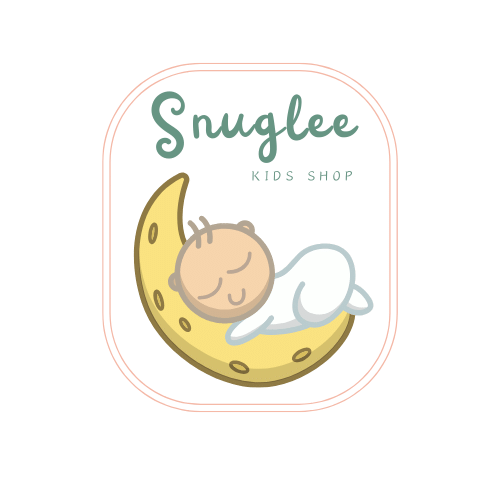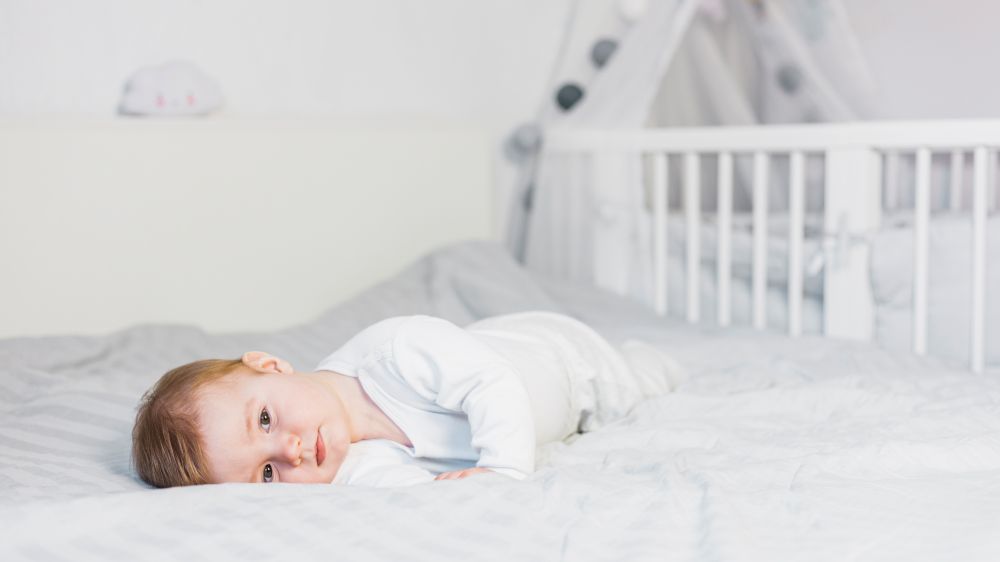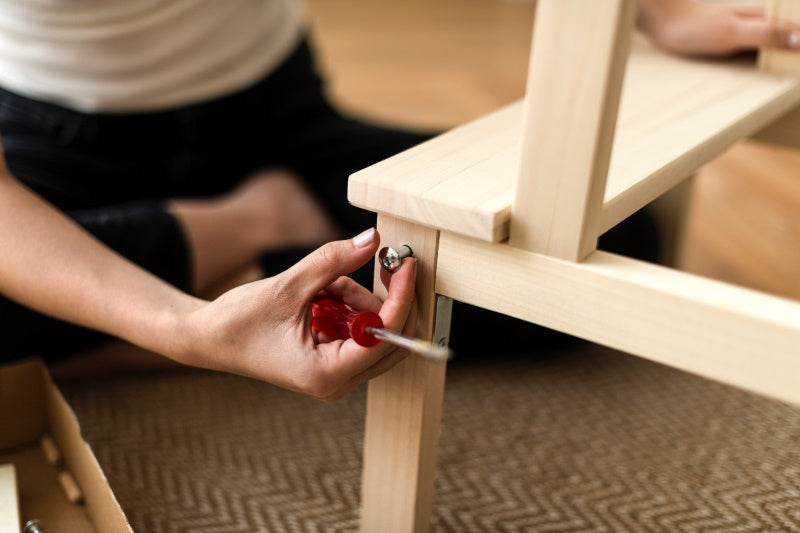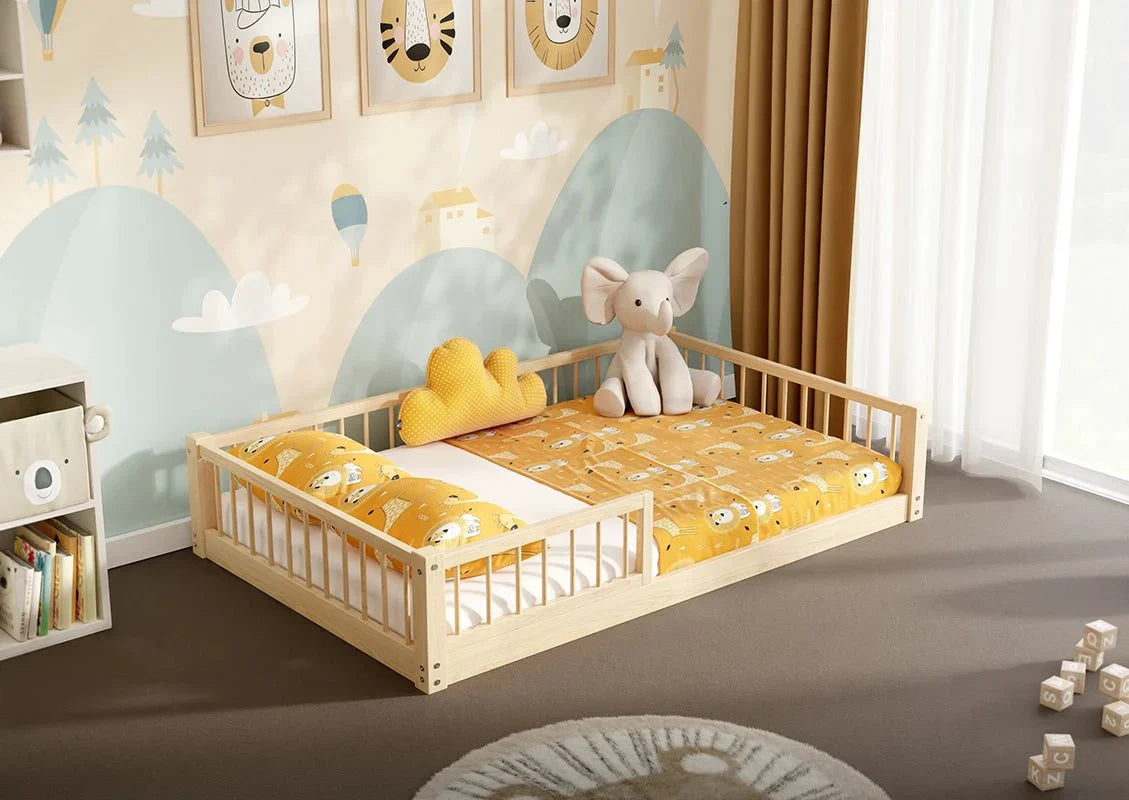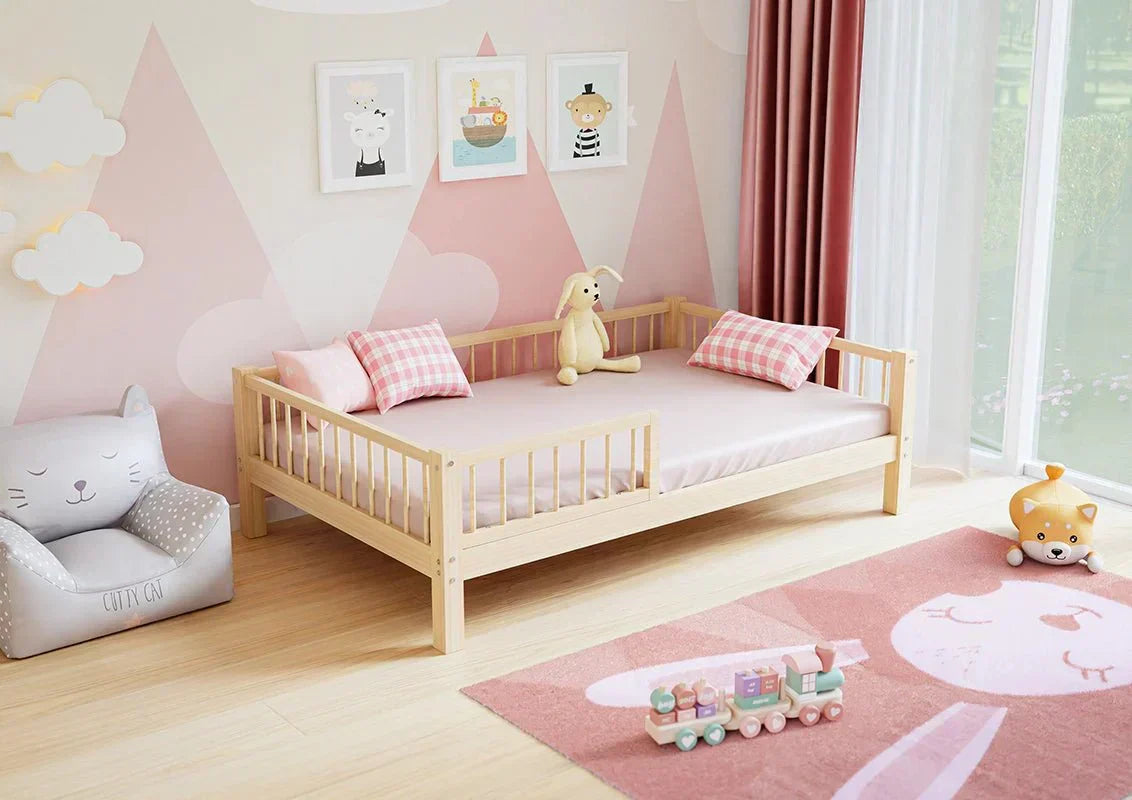
What size bed is right for my kids? | Comprehensive Guide
As children grow, their needs evolve, especially when it comes to their sleeping arrangements. This comprehensive guide from Snuglee will help you determine the ideal bed size for your child at different stages of their growth.
Popular bed sizes for kids
Children's beds come in various sizes to accommodate their growth and changing needs. Here are the most common sizes:
- Toddler beds (Small single beds)
- Single beds
- Small double beds
- Double beds
- Space-saving beds (Bunk beds, Trundle beds, etc.)
How to determine the best bed size for your child
Stage 1: Toddler beds (1-3 Years)
A comfortable and safe bed plays a vital role in helping your toddler establish healthy sleep habits. Opting for the best beds for toddlers (1-3 years), such as a low Montessori-style bed, can support their independence and ensure a secure sleeping environment.

Stage 2: Beds for Preschoolers (3-5 Years)
As your child grows, upgrading to beds for preschoolers (3-5 years) provides more space and comfort. A playful design, such as a house bed or floor bed, can make bedtime more exciting while supporting their growing independence.

Stage 3: Beds for Kids (5-8 Years)
Children in this age range need a bed that balances comfort and durability. The best beds for kids (5-8 years) are often single or small double beds with enough room to stretch and play, while still being safe and cosy.
Stage 4: Beds for Preteens (8-12 Years)
Preteens require more space and support for their growing bodies. Beds for preteens (8-12 years), like standard double beds or cabin beds with storage, are ideal for maximizing comfort and functionality.
Stage 5: Beds for Teens
For older kids and teens, high sleeper beds for teens are a great space-saving option. These beds provide room underneath for a study area or extra storage, making them perfect for smaller bedrooms.

When a space-saving bed is top priority
For families with limited space or multiple children, space-saving beds can be an excellent solution.
Types of space-saving Beds
- Daybeds: Double as a seating area during the day.
- Trundle Beds: Provide an extra bed that can be stored under the main bed.
- Bunk Beds: Save floor space by stacking beds vertically.
- Cabin Beds: Feature built-in storage like drawers, cupboards, or desks.
- Shorty Beds: Shorter than standard single beds, perfect for small rooms.
When to transition from a toddler bed
Wondering when to transition from a toddler bed to a bigger one? Most children are ready between the ages of 3-5, but it's essential to consider their comfort and safety. Signs that it's time for an upgrade include frequent climbing out of the bed or needing more space to sleep comfortably.
Tips for creating a cosy and safe sleep environment
-
Choose high-quality, solid pine wood beds for durability and safety.
-
Opt for a mattress that provides the right level of support for your child's age.
-
Use soft bedding and pillows to create a cosy atmosphere.
-
Add safety rails for younger children to prevent falls.
-
Keep the sleeping area clutter-free to avoid potential hazards.
At Snuglee, we specialise in high-quality, solid pine wood beds designed to support your child's growth at every stage. Explore our collection and find the perfect bed for your little one!
FAQs
Q1: What is the best bed size for young children?
A: A single bed (90 x 190 cm mattress) is usually the best choice for children aged 3 and above. It provides enough room to grow while still fitting comfortably in most bedrooms.
Q2: When should I upgrade my child from a single to a small double bed?
A: If your child is a restless sleeper, entering their teenage years, or needs extra space, a small double bed (120 x 190 cm mattress) offers more comfort without taking up too much floor space.
Q3: Is a double bed suitable for kids?
A: Yes, a double bed (135 x 190 cm mattress) is great for older kids and teens, especially if you want a long-term solution that will last into adulthood.
Q4: How do I choose the right bed if my child’s room is small?
A: For compact rooms, stick to a single bed frame. It saves space while still offering comfort. If you want extra flexibility, a small double can work if the room allows
Share
